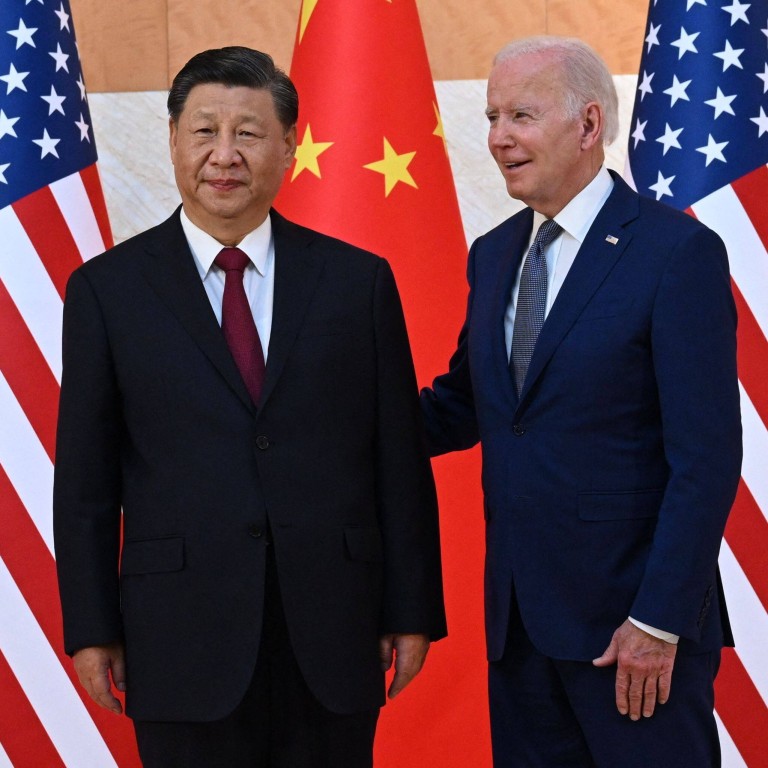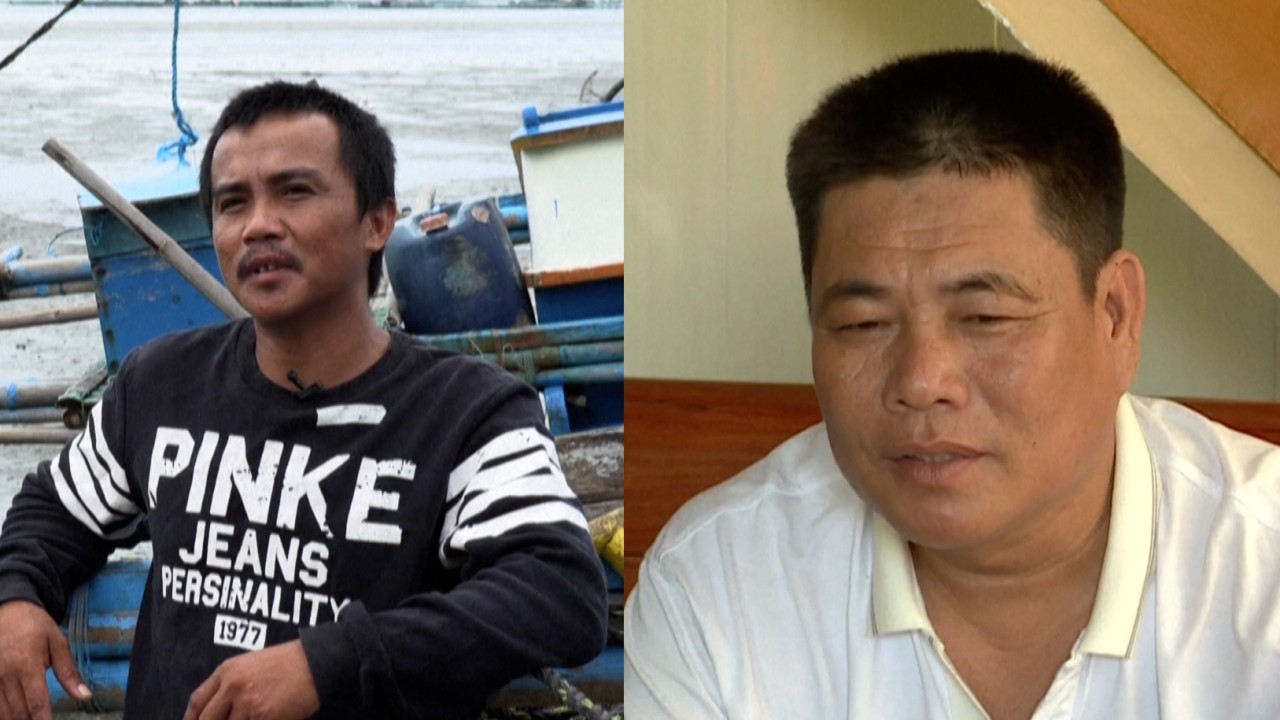
South China Sea: Xi-Biden meeting on G20 margins will not ease tensions, observers say
- Expect more restraint, but antagonising behaviour will continue, researcher at Rand Corporation says
- Despite warmth of meeting, ‘key points of contention’ such as Taiwan and the South China Sea have not gone away, analyst in Australia points out
Xi-Biden talks: Taiwan is still the big red line in China-US relations
Before their talks, the two leaders shook hands warmly as they smiled for the cameras in front of their national flags, with Biden putting his hand on Xi’s back at one point.
However, the main points of conflict remain, according to Malcolm Davis, a senior security analyst at the Canberra-based Australian Strategic Policy Institute.
“I think the key points of contention in the relationship haven’t gone away, and the South China Sea and the Taiwan issue [make up] one of those key points.”
Davis said China had not given up on its claims in the South China Sea nor walked back from its nine-dash line stance; and still maintained bases on artificially built structures such as the Fiery Cross and Subi reefs on the contested Spratly Islands off the Philippines.
Fortified South China Sea islands help project Beijing’s power: experts
“The US and its allies, including Australia, will continue to make transits through international waters and airspace in the region … Japan no doubt will also operate in the region, as well as other actors, so I don’t see how anything has changed substantially,” Davis said.
Sino-US affairs expert Liu Weidong, from the Chinese Academy of Social Sciences, also said it was too early to forecast any positive implications.
“I think the major purpose of the summit was to stabilise the US-China relationship and prevent it from further declining into conflict,” Liu said.
“Until the two countries can significantly improve political and social relations, the possibility of improving their military ties is very small, or almost non-existent.”
Timothy Heath, a senior international defence researcher at the Rand Corporation, said the two countries were likely to exercise more restraint on the South China Sea, even though behaviours that antagonise the other side would continue.
“China and the United States have expressed a willingness to ease tensions, but there was no agreement on the most divisive issues. Overall, however, the efforts to reduce tensions should add some stability in the South China Sea and generally reduce the risk of a crisis, at least for the short term,” Heath said.
China has become more ‘aggressive and dangerous’ to US says chair of Joint Chiefs
“The confrontation in Sino-US relations continues to rise, so it is difficult to ignore the possibility of a maritime military conflict,” Yao said.


